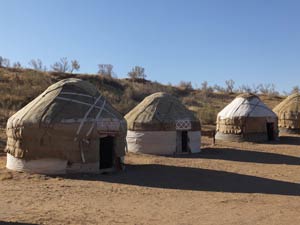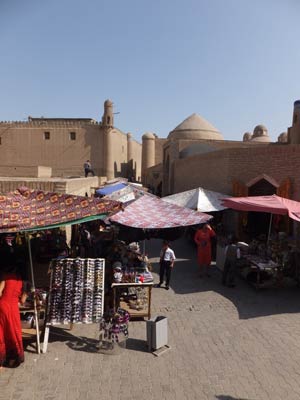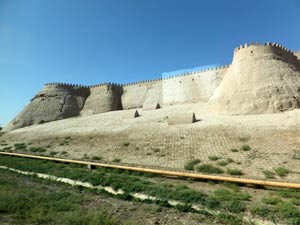Can you believe December is here?
Time flies when you’re having fun…. And there always seems to be something important which takes the place of writing a newsletter! Now, finally, here I am again.
I did not travel much this year. I had a knee replacement in May and it worked! I am now getting around very well. Of course, work did not stop, especially now that I have a smaller team. Ricardo left to start his own company, although I would very much have liked him to take over the reins at Tierra Yucatan. Laura also left, and after nineteen years together, David Palomo left as well. He left to start a law office with his grown sons. I miss the long-time companionship, but they are doing great and with the support of Karla, Javier and Alex, so are we! Isabel is now the front-desk bilingual support and my trusty Rocio runs the office with an iron fist. We are here, or as they say in Yucatan, Wayan’e!
Yucatan just had it’s fist “cold front” of the year in early November, bringing some welcome rain plus pleasantly cooler days and nights. “Cold” in these parts means we are still in short sleeves and light cotton, but really enjoying being in the 80s rather than the 90s.
At the end of November, we celebrated the national holiday for Day of the Dead (Hanal Pixan here in Yucatan). My village of Tepakan started festivities on a Friday night, with the children dressed in their Day of the Dead best putting up traditional altars in the park, and a candle-lit Parade of the Spirits from the cemetery to the central park. In the days and nights that followed, the festivities became more home- and family-oriented. Citizens of the town could be seen cleaning the graves of loved ones, refreshing things with fresh coats of paint, and putting flowers everywhere. In each home, a small personal altar or ofrenda was filled with photographs, flowers, candles, favorite foods of their dead relatives (see a photo on the banner above). Those foods included tamales, pib, some candy for the souls of the children, and perhaps a beer or a tequila for one’s beloved and remembered grandfather or father. Traditional orange cempaxochitl marigolds, dark red coxcomb and purple bachelor’s buttons…. the flowers and colors were everywhere.
I spent November 1 helping make traditional Yucatecan tamales with Maya friends in a nearby village, learning recipes and how to wilt the huge banana leaves over a fire to prepare them as wrappers. It was a long day, but fun, and rewarded by heaps of steaming hot tamales colados  (steamed) and tamales tortillados, both filled with shredded chicken and pork. And both pretty and delicious! Now that those festivities are over, it is time to start thinking about making Christmas puddings. I will go to San Antonio for the holidays and that’s an essential part of any Christmas dinner in my family.
(steamed) and tamales tortillados, both filled with shredded chicken and pork. And both pretty and delicious! Now that those festivities are over, it is time to start thinking about making Christmas puddings. I will go to San Antonio for the holidays and that’s an essential part of any Christmas dinner in my family.
Regarding the Merida real estate scene, no cold front here! Things are selling faster than ever before and consequently prices, even for old unremodeled homes, are spiraling upward. Closing costs have increased a bit for both buyers and sellers with the introduction of some new taxes and mandatory appraisals to set property values. You should expect closing costs now to be around 8% of the purchase price, although this will vary by location and appraised value. We will be happy to help with estimates on specific properties when it comes time to make offers.
Posted: December 20th, 2023 under Around Yucatan, People of Yucatan, Yucatan Culture.
Comments: none











































